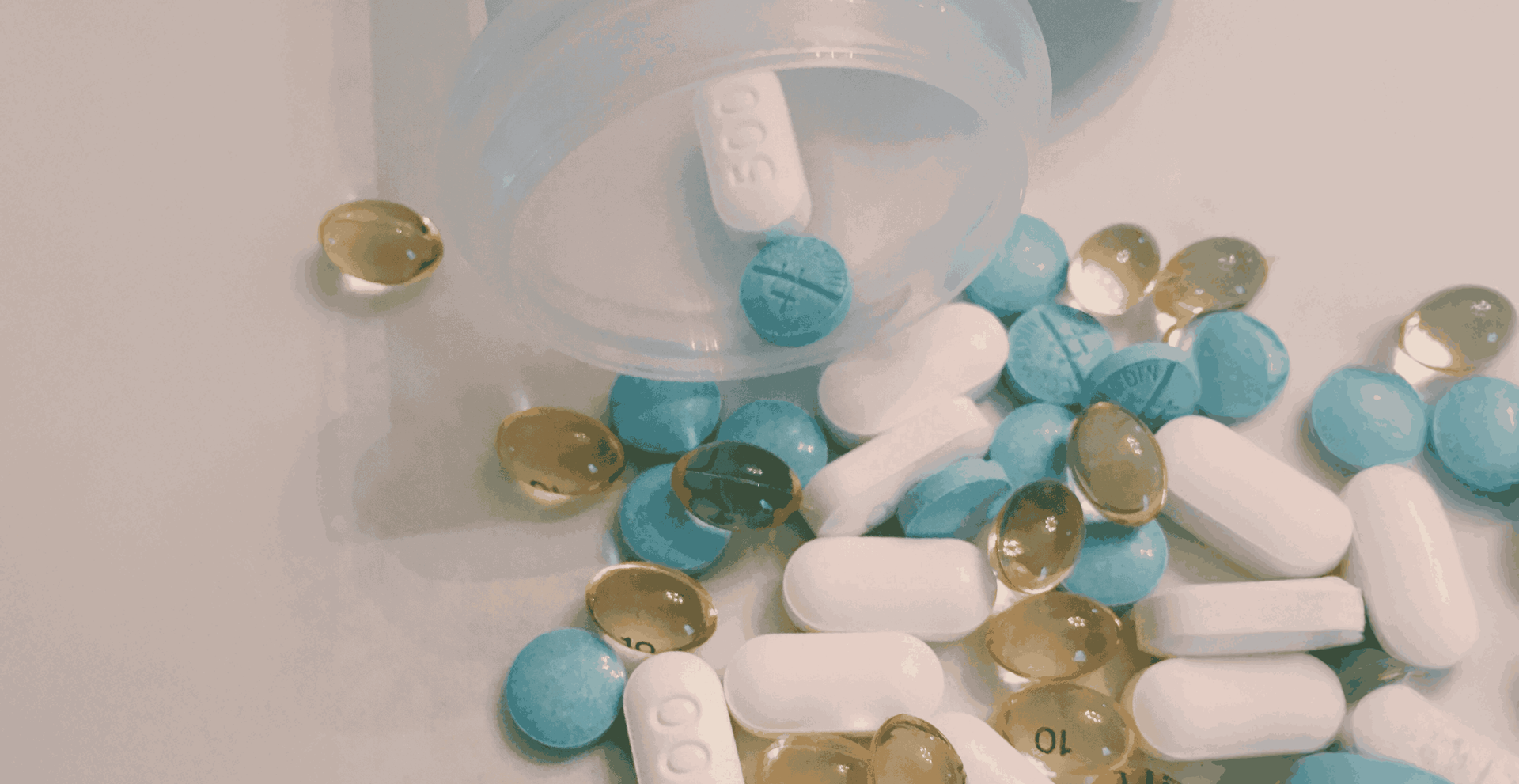How Does TMS Work?
Transcranial Magnetic Stimulation (TMS) is a non-invasive procedure that uses magnetic fields to stimulate nerve cells in the brain. At Friendswood Psychiatry and TMS Clinic, we offer this advanced treatment to help individuals struggling with various mental health conditions.
What is TMS?
A TMS device sends magnetic pulses to stimulate specific brain areas involved in psychiatric disorders. A small electromagnetic coil is placed against the scalp, usually near the forehead, to activate nerve cells in that region. Unlike electroconvulsive therapy (ECT), TMS is noninvasive and doesn’t require anesthesia.
There are three main types of TMS:
- Repetitive TMS (rTMS): The most common type, delivering repeated magnetic pulses to targeted brain areas.
- Deep TMS (dTMS): Uses special coils to reach deeper brain regions for more targeted stimulation.
- Intermittent Theta Burst Stimulation (iTBS): Delivers quick bursts of pulses, mimicking natural brain rhythms for efficient stimulation.
How Does TMS Work in the Brain?
TMS works by
modulating the electrical activity
of nerve cells. This causes an increase in the activity of nerve circuits that may be underactive in depression and other mental health disorders. TMS increases activity through several mechanisms, including:
Strengthening Neural Connections (Synaptic Plasticity)
The brain has the ability to change and adapt, a process known as
synaptic plasticity. This means brain cells (neurons) can change and form new connections or strengthen existing ones. In mental health disorders, certain neural pathways can become rigid, reinforcing negative thought and behavior patterns. By enhancing synaptic plasticity, TMS could help the brain "relearn" healthier thought and behavior patterns.
TMS has been shown to boost
this process, including
activating genes involved in synaptic plasticity. In human studies, TMS increases measures of
long-term potentiation (LTP), strengthening the connections between neurons that play a critical role in learning and memory.
Boosting Brain Chemicals (Neurotransmitter Release)
Neurotransmitters are chemical messengers
that allow brain cells to communicate. Imbalances in these chemicals are linked to conditions like depression, anxiety, and addiction. Research suggests that TMS can increase the release of several key neurotransmitters, including:
- Serotonin: Often under-active in depression, serotonin helps regulate mood and emotions.
- Dopamine: Involved in motivation and reward, dopamine plays a role in both depression and addiction.
- GABA: This neurotransmitter promotes relaxation and is frequently underactive in anxiety disorders.
By increasing the availability of these neurotransmitters, TMS can help restore balance to brain chemistry and improve mood.
Improving Brain Communication (Functional Connectivity)
The brain functions as a network, with different regions working together to regulate emotions, thoughts, and behaviors.
Functional connectivity (FC) refers to the way different brain regions communicate. Abnormal connectivity between different brain regions is implicated in several psychiatric disorders.
TMS helps
modulate functional connectivity (FC), and studies have found that
FC changes following TMS treatment correlate with decreased depression symptoms.
Applications of TMS
TMS is primarily used for major depressive disorder (MDD), mainly when medication and therapy are ineffective. The FDA also approves it for obsessive-compulsive disorder (OCD), smoking cessation, and migraines.
Beyond these conditions, TMS is sometimes used off-label for other psychiatric disorders. This means TMS isn’t officially approved for these conditions, but strong clinical evidence supports its use. Some examples of off-label TMS uses include:
- Reducing cognitive impairment in Alzheimer’s Disease
- Anxiety disorders
- Post-traumatic stress disorder (PTSD)
- Bipolar disorder
- Addiction disorders other than smoking
What to Expect During a TMS Procedure
Undergoing TMS therapy is straightforward and comfortable:
- Preparation: You'll sit in a comfortable chair, and a trained technician will position the electromagnetic coil gently against your scalp.
- During the Session: The device delivers magnetic pulses to targeted brain areas. You might hear clicking sounds and feel a tapping sensation on your head. Sessions typically last about 30 to 40 minutes.
- Treatment Course: TMS therapy usually involves daily sessions, five times a week, over four to six weeks. The exact duration depends on individual needs and treatment response.
While TMS is generally safe, some individuals may experience mild side effects during sessions, such as scalp discomfort and headaches. Temporary changes in hearing–that can last for weeks following a session–have also been reported.
Though extremely rare, serious side effects–including
seizures and
mania—have been reported
following TMS. Because of these risks, not all patients are eligible for TMS. At our clinic in Friendswood, our team will thoroughly review your
medical and personal history to determine whether the treatment is safe and right for you.
TMS at Friendswood Psychiatry and TMS Clinic
Friendswood Psychiatric and TMS Clinic is a leading TMS provider in Texas, located in Friendswood in the Greater Houston Area. Our clinic is dedicated to providing personalized TMS therapy to address various mental health challenges. Schedule a free consultation with our team to learn more about our services and how we can support your journey toward improved mental health.

HELPFUL LINKS
SCHEDULE A CONSULTATION
It's important to know that you are not alone. You can get help with depression today!
WE SUPPORT MENTAL WELLNESS
- Depression
- Anxiety
- ADHD
- OCD
- Adjustment Disorders
- Life Transitions
- Autism Management
- Binge Eating Disorders
- Smoking Cessation







